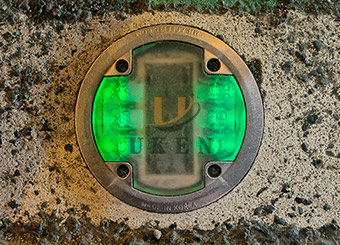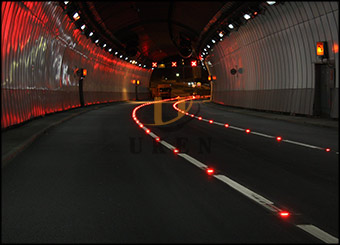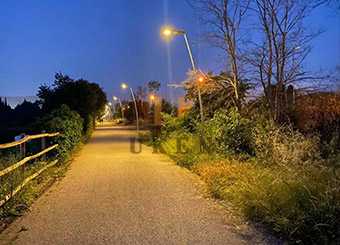Traffic signs are an indispensable component of the road traffic system. They serve as silent ‘traffic controllers,’ regulating the behaviour of road users and ensuring road safety and smooth traffic flow. Whether drivers, pedestrians, or cyclists, all rely on traffic signs to obtain information and make informed travel decisions. Traffic signs play a central role in maintaining traffic order and reducing traffic accidents.
Traffic signs come in a wide variety of types, which can be categorised into multiple categories based on their functions and purposes. Among these, three main types of traffic signs are the most common and critical.
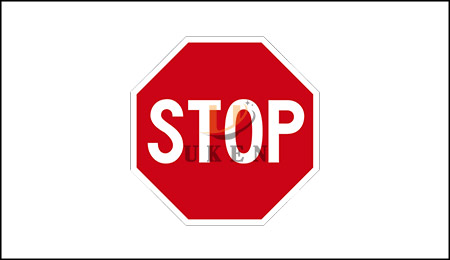
Regulatory signs are used to prohibit or restrict certain traffic behaviours. Their core function is to constrain the behaviour of road users through clear regulations, preventing dangerous actions and thereby maintaining traffic order and ensuring road safety. For example, prohibiting certain vehicles from passing or restricting speed limits are key functions of regulatory signs.
Prohibitory signs have distinct styles and characteristics. Typically, they are circular or octagonal in shape, with colours such as a red circle on a white background or a white background with a red bar. The red colour has a strong visual warning effect, enabling road users to notice them quickly. A typical prohibitory sign, such as the no entry sign, is a circular sign with a red circle on a white background; the no parking sign is also red with a white background and a red bar in the middle.
There are many common prohibition signs, such as the no overtaking sign, which is typically placed on sections of road unsuitable for overtaking, such as curves or slopes; the no left turn sign, which is often installed at intersections to regulate vehicle turning behaviour; and the weight restriction sign, which appears on bridges, tunnels, and other locations with weight restrictions for vehicles to prevent overloading from damaging road infrastructure.
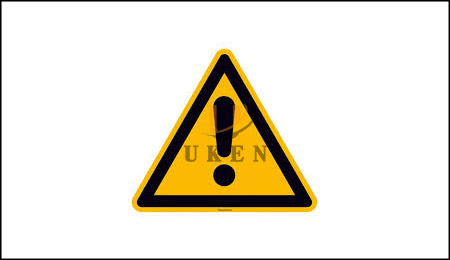
Warning signs are used to alert road users to potential hazards or changes in road conditions ahead. Their core function is to provide advance warning to road users, enabling drivers and others to prepare for potential risks and reduce the likelihood of accidents. Whether on road curves, steep slopes, or areas with high pedestrian traffic, warning signs effectively serve as reminders.
Warning signs are typically triangular in shape, with a yellow background and black borders. The yellow colour itself has a warning connotation and is highly visible in various environments. Their design often includes warning-related patterns or text, such as a curved arrow pattern for the ‘Caution: Curve’ sign or a pedestrian pattern for the ‘Caution: Pedestrians’ sign, to enhance the warning effect.
Typical warning signs include the ‘Caution: Curve’ sign, placed before a curve to remind drivers to slow down; the ‘Caution: Pedestrians’ sign, commonly found near schools, residential areas, and other densely populated pedestrian zones; and the ‘Road Ice’ sign, which appears on roads prone to icing in cold regions during winter, warning drivers to be mindful of road conditions and drive cautiously.
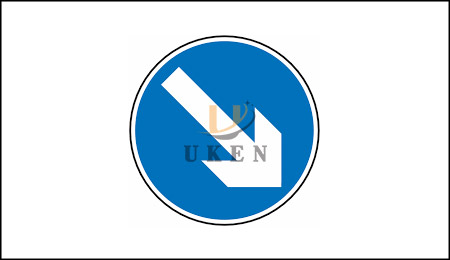
Guide signs are used to direct vehicles and pedestrians to travel or pass through in accordance with specified directions and locations. Their core function is to provide road information to traffic participants, guide traffic flow, help them reach their destinations smoothly, and improve road通行 efficiency. Whether guiding vehicles to proceed straight, turn, or indicating the locations of parking lots and service areas, guide signs are indispensable.
Guide signs typically have a rectangular or square shape, with colours predominantly blue-background white patterns or green-background white patterns. Blue and green are visually clear and soothing, enabling road users to easily identify them. Their patterns and text are clear and concise, such as the straight-ahead sign featuring an upward-pointing white arrow on a blue background, and the right-turn sign displaying a right-pointing white arrow.
Common directional signs include straight-ahead signs, installed on straight sections of roads to guide vehicles to continue straight; right-turn signs, indicating right turns at intersections; highway exit signs, with a green background clearly indicating the exit number and distance, helping drivers prepare in advance; and parking lot signs, found near shopping malls, tourist attractions, and other locations to guide vehicles to parking spaces.
In terms of function, prohibition signs primarily restrict traffic behaviour, warning signs alert drivers to road hazards, and directional signs guide the direction of travel. In terms of appearance, they each have distinctive shapes, colours, and design patterns: prohibition signs are red, octagonal, or circular; warning signs are yellow with black borders and triangular; directional signs are blue or green with rectangular or square shapes, allowing people to quickly identify their type.
These three types of traffic signs collectively form a complete traffic sign system, working together to maintain road traffic order and safety. In the same road scenario, all three types of signs may appear simultaneously. For example, at an intersection, there may be a prohibitory sign prohibiting left turns, a warning sign cautioning pedestrians, and an indicative sign for straight travel, forming a complete set of traffic guidance and regulations.
The installation of traffic signs must adhere to the principles of being conspicuous, clear, accurate, and uniform. It is essential to ensure that road users can quickly identify and understand the information conveyed by the signs while driving. Additionally, the installation location must be reasonable, avoiding obstruction by trees, buildings, etc., and must adapt to road conditions and traffic demands. For example, on highways, sign installation must consider vehicle speeds to ensure drivers have sufficient reaction time.
The three categories of traffic signs each serve distinct functions and are indispensable. Together, they effectively reduce traffic accidents and improve road efficiency. Data shows that on roads with well-established traffic signs, the accident rate is approximately 30% lower than on roads with missing or non-standard signs, clearly demonstrating the positive impact of a comprehensive traffic sign system on road safety.
In different road scenarios and traffic conditions, it is essential to correctly select prohibition, warning, or directional signs. For example, near schools with high pedestrian traffic, warning signs for pedestrians and prohibition signs for speed limits should be installed; on highways, a large number of directional signs are needed to guide vehicles in driving and exiting.
The installation of traffic signs involves numerous considerations. The height must be appropriate to ensure visibility for all types of road users; the angle must be proper to present the sign at the optimal viewing angle; and the installation must be secure to prevent damage from wind, rain, or other external forces. Additionally, signs must be regularly maintained and inspected to ensure they remain clear, intact, and functional.
Prohibitory signs, warning signs, and directional signs are the three primary types of traffic signs. Prohibitory signs restrict traffic behaviour, warning signs alert drivers to road hazards, and directional signs guide driving directions. Each has its own unique definition, design, and function.
Road management departments, construction companies, and other relevant parties should reasonably install and promptly update these three types of traffic signs based on actual needs to ensure road traffic safety and smooth flow. If you require professional consultation or solutions for traffic sign products, please visit our official website or call our consultation hotline. We will provide you with high-quality service.

